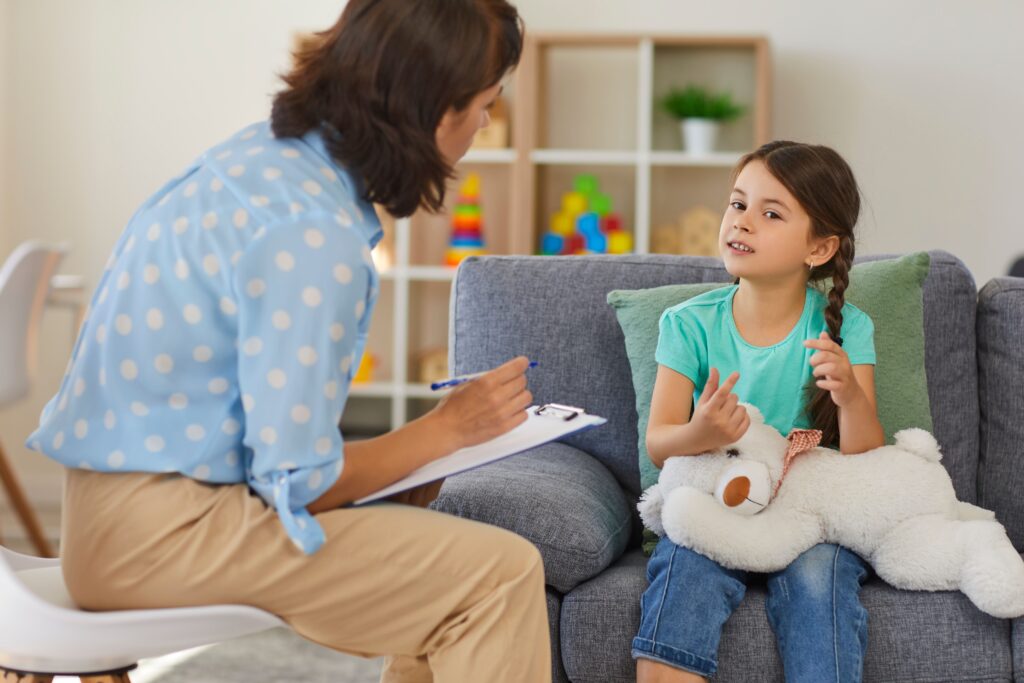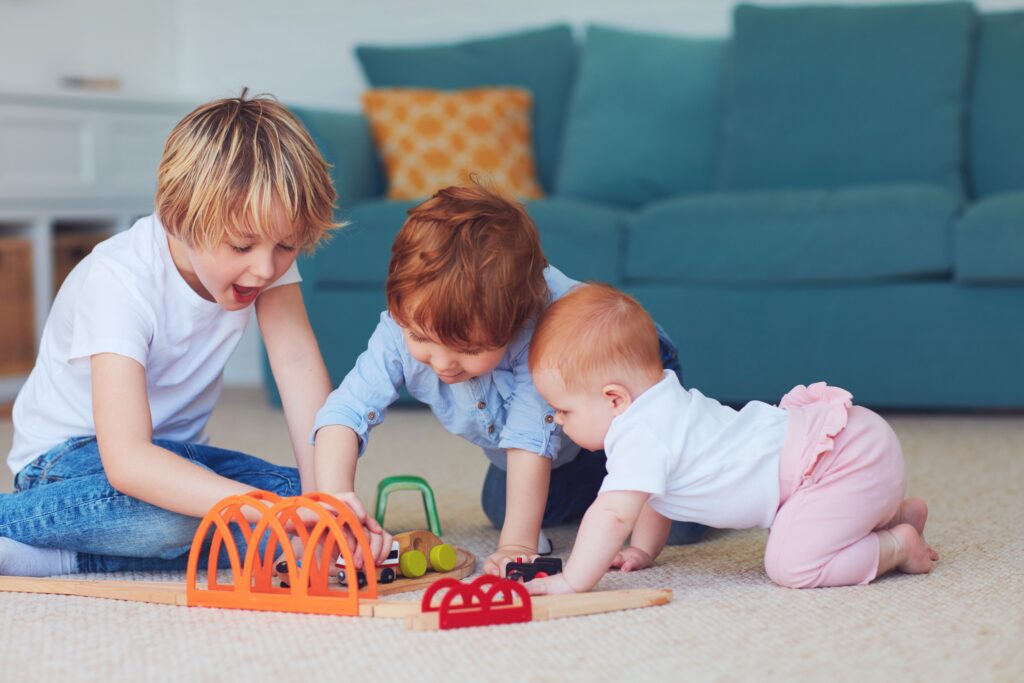In the world of childhood development, therapists and educators are constantly seeking innovative ways to engage children in meaningful activities that foster social, emotional, and cognitive growth.
LEGO®-based therapy has emerged as a promising approach that combines the beloved building blocks with therapeutic principles to help children develop essential life skills. This blog explores the concept of LEGO®-based therapy, its benefits, and how it plays a crucial role in supporting the social and emotional well-being of children.
Understanding LEGO®-Based Therapy:
LEGO®-based therapy, also known as brick therapy, is a structured therapeutic intervention that utilizes the universally popular LEGO® bricks as a medium for social development. This approach was initially developed by Daniel LeGoff, to assist autistic children, but its effectiveness has been recognized in a broader context for children facing various social challenges.
The foundation of LEGO®-based therapy is built upon the principles of collaborative play, communication, and teamwork. The structured nature of the therapy involves small groups of children working together to accomplish a shared goal, usually building a LEGO® model. Each child is assigned a specific role within the group, such as an Engineer, Supplier, or Builder, and success depends on effective communication and cooperation.
Key Components of LEGO®-Based Therapy:
- Structured Roles:
- Engineer: Responsible for reading and interpreting the instructions.
- Supplier: Manages the LEGO® pieces and provides them to the Builder.
- Builder: Constructs the model based on the Engineer’s instructions.
- Collaborative Play:
- Encourages turn-taking and sharing of ideas.
- Promotes joint attention and cooperation.
- Communication Skills:
- Requires clear and effective communication to ensure the successful completion of the model.
- Enhances verbal and non-verbal communication skills.
- Problem-Solving:
- Challenges children to overcome obstacles during the building process.
- Develops critical thinking and creative problem-solving skills.
Benefits of LEGO®-Based Therapy:
- Social Skills Development:
- Improves interpersonal communication.
- Facilitates the understanding of social cues and emotions.
- Teamwork and Collaboration:
- Encourages cooperation and collaboration within a group.
- Fosters a sense of belonging and shared achievement.
- Fine Motor Skills:
- Enhances hand-eye coordination and fine motor skills through LEGO® manipulation.
- Self-Esteem and Confidence:
- Provides opportunities for success, boosting self-esteem.
- Celebrates individual strengths within the group dynamic.
- Flexibility and Adaptability:
- Teaches children to adapt to changes and modifications in the building process.
- Enhances flexibility in thinking and problem-solving.
Conclusion:
LEGO®-based therapy serves as a powerful tool in promoting social, emotional, and cognitive development in children. Through the joy of building and playing, children not only expand their skill sets but also learn valuable lessons in collaboration, communication, and problem-solving.
As therapists and parents continue to recognize the potential of LEGO®-based therapy, it plays a role in shaping the developmental journeys of children around the world. After all, in the world of LEGO®, every creation is a testament to the limitless possibilities that unfold when we build together.
References:
Lego- Based Therapy: Current Theory and Practice by Daniel B LeGoff
Thera- Build with LEGO: A Playful Therapeutic Approach for Promoting Emotional Wellbeing in Children by Alyson Thomsen
Brick- Based Counseling by Derek Tulluck




